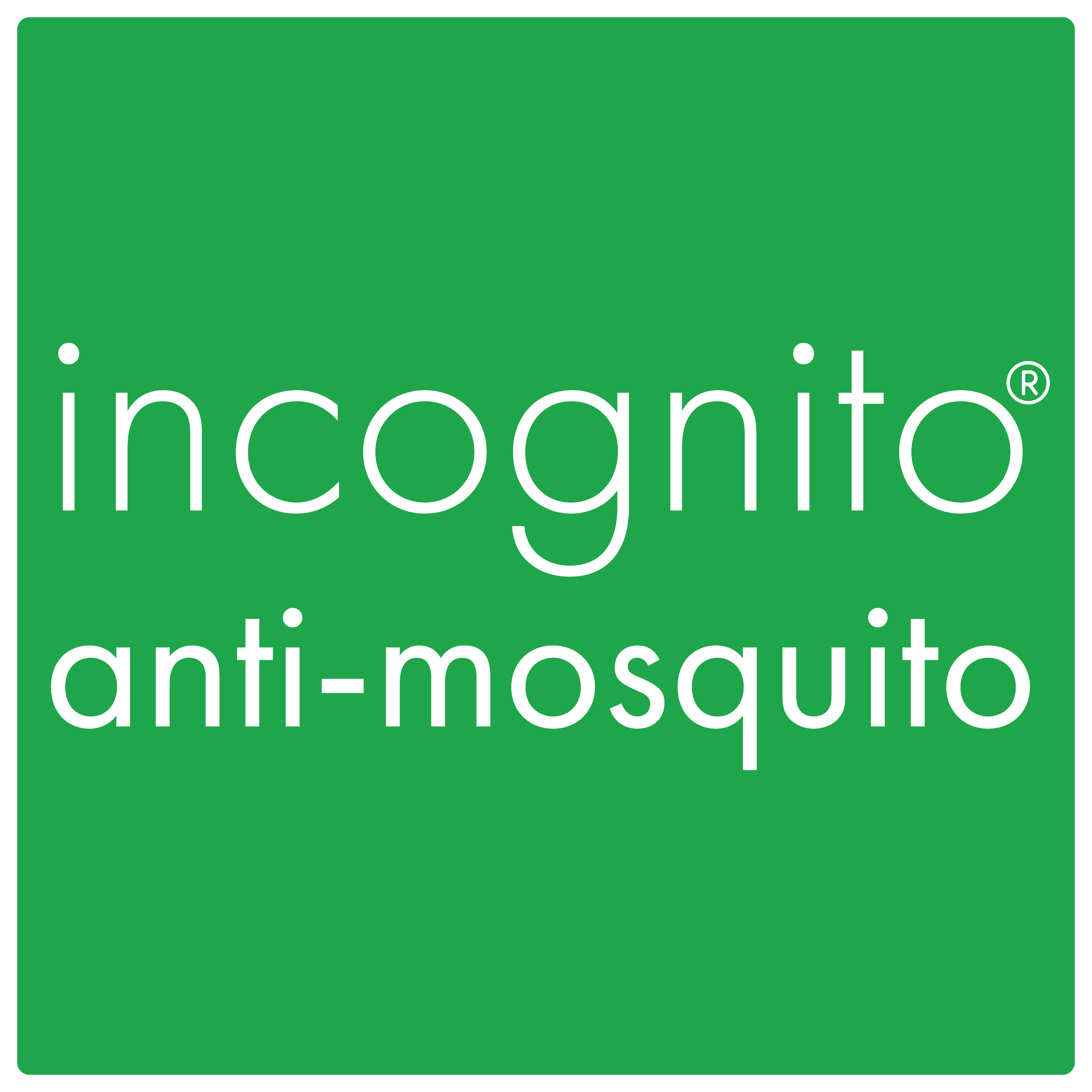A few things every traveller needs to know about Chikungunya…
Since the beginning of October, Chikungunya is the mosquito borne illness on everyone’s lips. As it has now taken hold in the Caribbean, it seems only appropriate that we should shed some light on this disease. As of October 2014, over 776 000 suspected cases of Chikungunya have been recorded in the Caribbean islands, Latin American countries and some South American countries, and even Europe, with 4 cases stretching as far as Montpellier, France. Tragically, 152 deaths have also been attributed to this disease during the same period.[1]
Unlike Malaria and Dengue, studies of Chikungunya are still in their infancy; there are no vaccines or treatments as of yet, so prevention is the only option. Vector-borne diseases account for 17%[2] of the estimated global burden of all infectious diseases, the most deadly of these being Malaria and the most rapidly growing being Dengue Fever. Although Chikungunya is not typically life threatening, it is undoubtedly unpleasant to say the least. Some of the symptoms are are fever and joint pain but others may include headache, muscle pain, joint swelling, rashes and exhaustion. As it shares many of the same signs as Dengue Fever, it is often misdiagnosed as such.
Chikungunya is a mosquito-borne viral disease first described during an outbreak in southern Tanzania in 1952.[3]The name ‘chikungunya’ derives from a word in the Kimakonde language meaning “to become contorted”[4] referencing the stooped appearance of sufferers with joint pain. Nearly 900,000 people in the Carribean, Central and South America have been diagnosed with Chikungunya.[5]
There are two types of mosquitoes that can carry the virus, the Aedes Aegypti and Aedes Albopictus, both of which also transmit other mosquito-borne viruses, including dengue and they most commonly bite in the morning and the late afternoon. This simply means that being rigorous with your insect repellent is not just an early evening affair; its all day AND all night! The on-set of the illness can range from two to twelve days post bite. incognito®has been tested on the Aedes Agypti and the active ingredient is the only one that can say it has been proven to protect against malaria (when used in conjunction with a mosquito net at night time!). At this point in time, those travelling to the Caribbean obviously need to take the upmost precaution with protecting themselves. Due to the lack of cure, being on top of tips that stop you being bitten is of paramount importance.
- Do not use any perfumed products whilst you are away! They contain attractants that lure the mosquitoes towards you and counteract the effectiveness of your repellent.
- Always sleep under an impregnated mosquito net, that is the right size for your bed to make sure you are safe all night long.
- Be more liberal with your applications of incognito®, remember to spray the areas covered by material as mosquitoes can bite through your clothes!
- As the mosquitoes that carry Chikungunya are prone to biting in the day time, remember to reapply your spray regularly. Every 4-5 hours atleast, and if you’re a mozzie magnet then more frequently.
Although being careful is important, the threat of Chikungunya does not need to ruin your holiday. If you take heed of the advice and remember your incognito, then there is no reason you cannot fully enjoy your time away!
[1] [2] [3] [4] “Chikungunya Fact Sheet.” World Health Organisation, Web. [5] Stevens, Christina. “Chikungunya: What You Should Know before Your Tropical Vacation.” Global News. Shaw Media Inc, 21 Nov. 2014. Web.


Comments (0)
There are no comments for this article. Be the first one to leave a message!